The Seventeenth and the Eighteenth Century
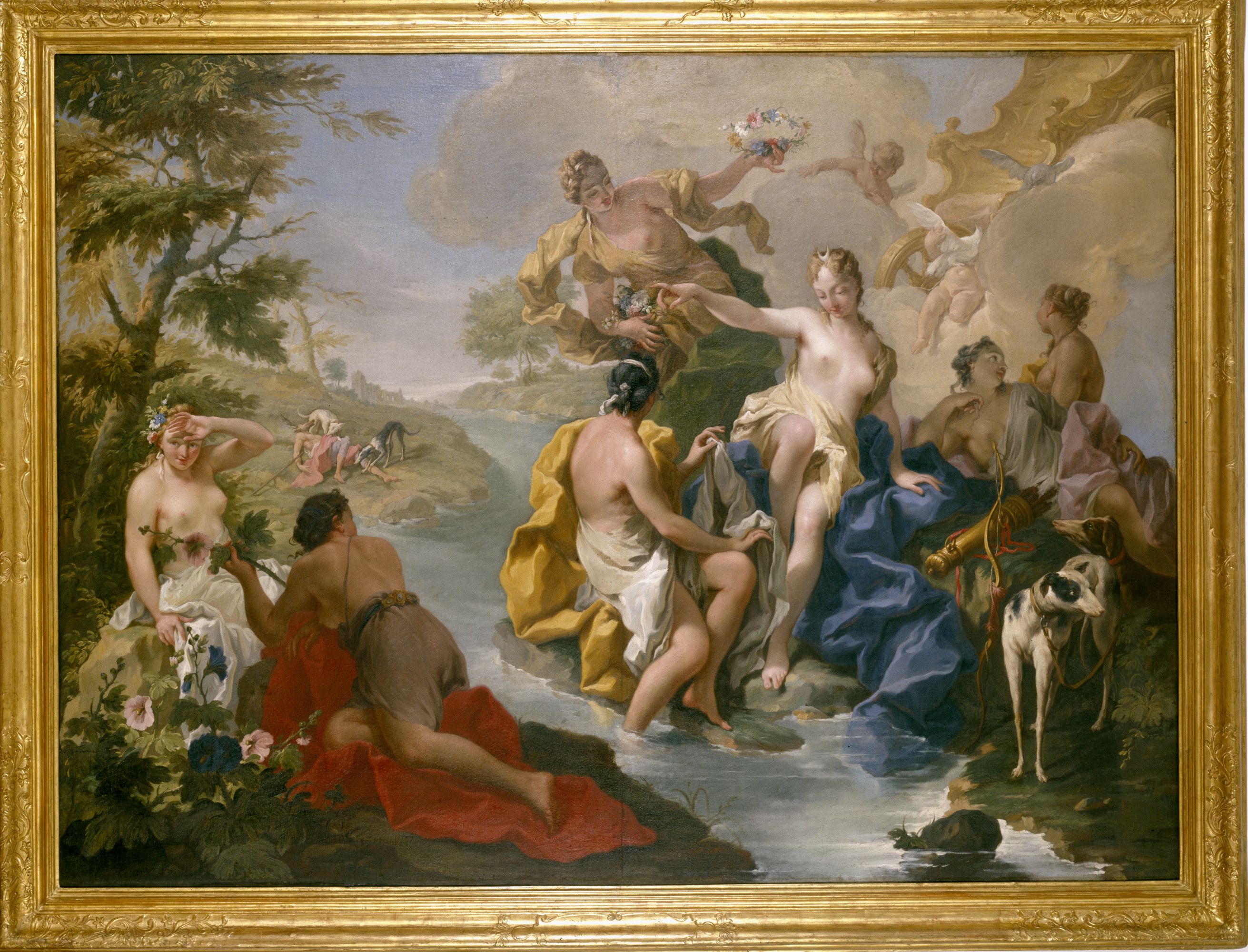
From 1580 to 1630 local painting was dominated by the late mannerist workshop of the Maganza, artists who produced mainly works with sacred subjects for oratories and churches in Vicenza. The years marked by the terrible plague of 1630 brought a turning point in the artistic world, leaving a free field for the protagonists of an authentic evolution of painting in Vicenza: it moved from mannerism to the theatrical baroque style of Francesco Maffei and the classicism of Giulio Carpioni, arriving at a “particular eclecticism, nourished by eccentricity and the skill of a copyist” (Villa) of Pietro della Vecchia.
In seventeenth-century painting, colour played a leading role, giving shape to masses by means of the light emanating from the dark backgrounds: this is the novelty of the language of Caravaggio, which took hold in Italy and also fascinated foreign artists visiting Italian towns (among them Anton van Dyck, present in the Civic Art Gallery with a superb masterpiece, Inv. A 288). Drawing was to regain importance with respect to colour in later years, thanks to a number of great painters, including the Neapolitan Luca Giordano who, around the middle of the seventeenth century, launched the art of the “tenebrosi”.
The intense drama and the strong chiaroscuro contrasts of the works of these artists, the major exponent of whom was Giambattista Piazzetta (as is shown by the painting of the Ecstasy of Saint Francis in the Gallery, Inv. A 105), would make way, during the eighteenth century, for the intense luminosity and bright colours of the ‘chiaristi’. The works of Giambattista Tiepolo, including the Immaculate Conception (Inv. A 107), are the highest expression of this new language.
The subjects of the works of art changed between the seventeenth and the eighteenth century, with respect to the previous periods: not only sacred episodes, but also historic and mythological scenes, allegorical images and a series of ‘genre’ paintings – still lifes, battles and landscapes – demanded by private collectors to decorate their sumptuous residences, as is shown by the painting in the Gallery by Marco and Sebastiano Ricci (Inv. A 269).
Image Gallery
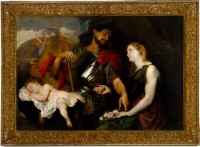 |
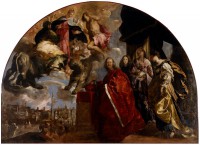 |
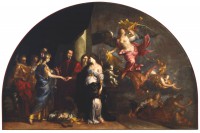 |
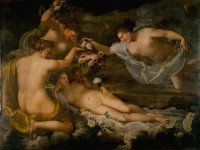 |
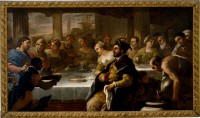 |
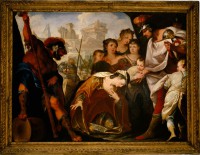 |
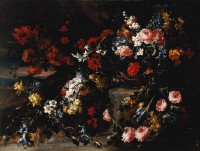 |
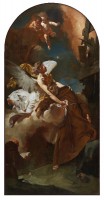 |
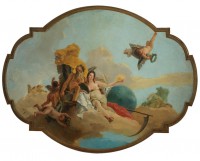 |
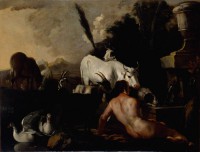 |
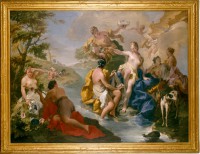 |
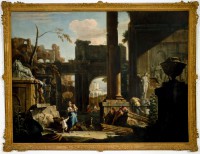 |
- Carlo Saraceni Saint Mary Magdalene reading
- Antoon van Dyck The four ages of man
- Pietro Della Vecchia The fortune teller
- Francesco Maffei Saint Vincent with the model of the city of Vicenza
- Francesco Maffei Glorification of the podestà Girolamo Priuli
- Francesco Cairo Herodias with the head of the Baptist
- Giulio Carpioni Woman playing a guitar
- Giulio Carpioni Glorification of the podestà Vincenzo Dolfin
- Giulio Carpioni e specialista di “nature morte” (Jacobus Victor ?) (Amsterdam? 1640 circa - 1705) Allegory of Fragility
- Pietro Liberi Venus adorned by the Graces
- Cornelio Dusman Landscape with animals
- Cornelio Dusman Landscape with animals and nude
- Luca Giordano The Wedding Feast at Canaa
- Luca Giordano Bathsheba bathing
- Jacob van der Kerckhoven, detto Giacomo da Castello Still life with fruit, parrot and rabbits (Allegory of Autumn)
- Louis Dorigny Andromeda
- Antonio Bellucci The Continence of Scipio
- Antonio Bellucci The Family of Darius before Alexander
- Elisabetta Marchioni Floral composition with vases and basins
- Elisabetta Marchioni Floral composition with basket and garlands
- Giambattista Piazzetta Ecstasy of Saint Francis
- Giambattista Tiepolo Immaculate Conception
- Giambattista Tiepolo Truth Unveiled by Time
- Giandomenico Tiepolo The Beheading of Saint John the Baptist
- Giambattista Pittoni Olindo and Sofronia
- Giambattista Pittoni Diana and the nymphs
- Giambettino Cignaroli Madonna and Child with Saint Ignatius of Loyola and Saint Luigi Gonzaga
- Orazio Marinali Penitent Saint Jerome
- Orazio Marinali Saint John the Baptist
- Bottega veneziana da un modello di metà del secolo XVI Doorknocker in the form of Neptune with two seahorses
- Bottega francese Allegory of Spring and Summer
- Bottega francese Allegory of Spring and Summer
- Vincenzo Coronelli Celestial globe
- Vincenzo Coronelli Atlante Veneto, Terrestrial globe
- Sebastiano Ricci e Marco Ricci Perspective of ruins with figures

